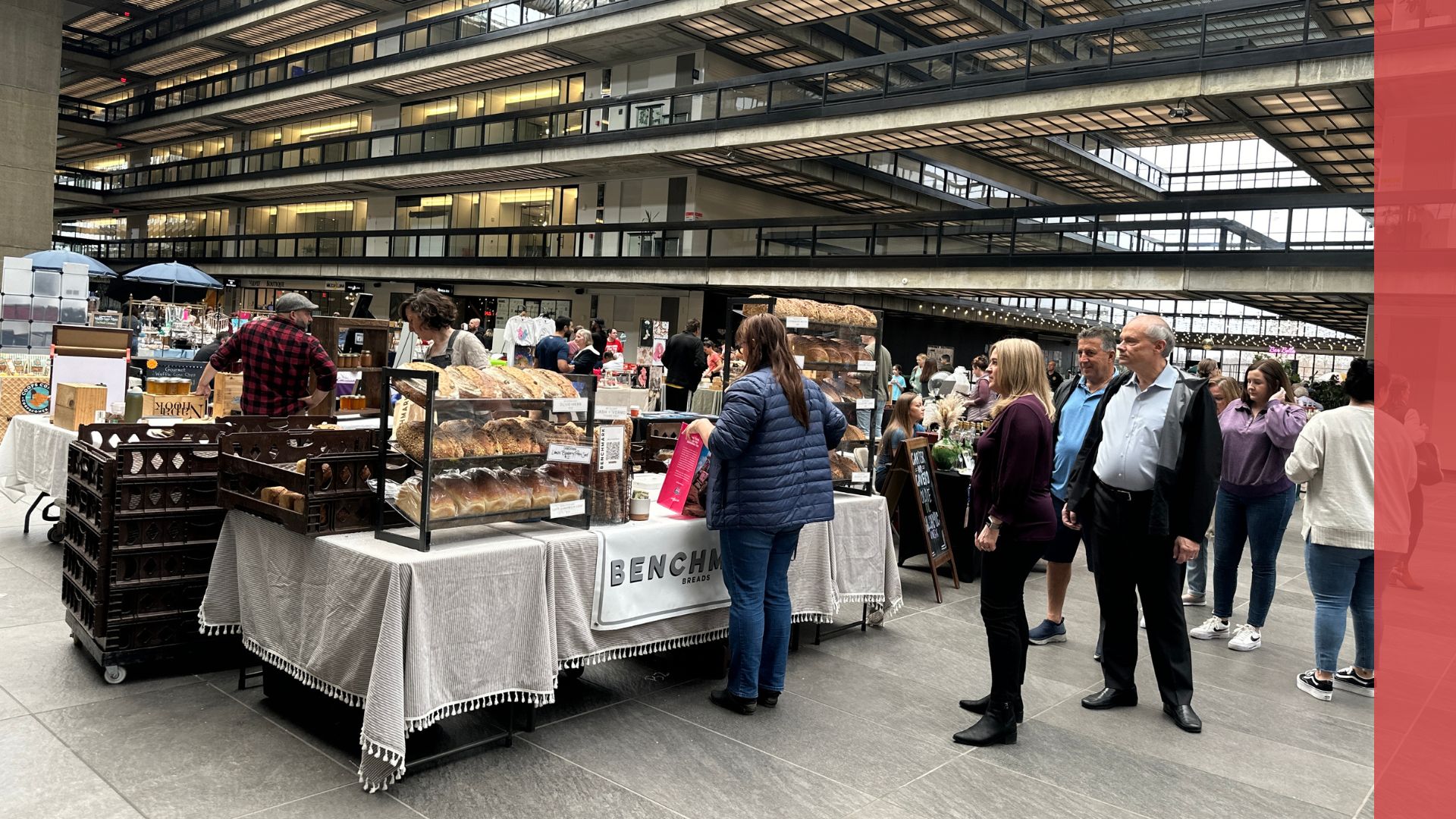When Asbury FRESH started back in 2012, while much fewer in numbers, farmers markets and other pop-up events weren’t exactly uncommon.
One of the things that set us apart, though, was our ability to reduce friction for vendors looking to sell at our market.
Farmers markets have never been at the forefront of technology trends. Back in 2012, if they even had a website, it was likely unchanged since its creation in the late 1990s.
I remember early on, researching one of the big competitors in the area.
To register for their market you needed to go to the website of the law firm who “sponsored” it.
Then, you needed to find a buried link on the homepage and sift through eight paragraphs of long text to find a contact number.
After leaving a voicemail, someone might return your call, although they never called me back.
As a vendor, payments involved showing up on the day of the market with $20 cash and handing it to a market manager.
We may have been new to the space, but needless to say, I saw an opportunity here to reduce friction and create a better customer experience.
The first thing I did was take a bunch of nice photos from other markets I had traveled to and designed a very basic yet pretty website.
I added a minimal contact form to simplify the lead generation and sign-up processes. These leads were then added to a mailing list for future follow up.
I added a Google Voice phone number and, when someone called, I either picked up the phone or returned their call within 24 hours.
Finally, I added the ability for vendors to pay their invoices online.
This helped out with planning and operations but also made sure any vendor table fees went back into the operations and not someone’s pocket.
The system wasn’t perfect, but it was unique at the time and helped us quickly establish a loyal local customer base.
Seeing this early success we leveraged my background in software engineering and went all in on developing our own booking and CRM system.
As we have grown, this platform has allowed us to manage the thousands of vendors in our community.
It also gives us a tool to reengage with past customers, communicate faster and provide an all around better customer experience.
In the past few years, we found ourselves needing to reintroduce some friction into our booking process.
We started to observe that new vendors would often submit multiple and frequently incomplete applications. They required several back and forth email exchanges to properly vet.
This led to a bottleneck for our curation team, who pointed out that the review process was becoming increasingly challenging.
To solve this issue, we implemented a small annual registration fee and increased the length of our applications to reduce the need for back and forth.
Since implementing this change at the start of last year, we expectedly saw a 21.5% decrease in total applications.
However, our application approval rate only decreased by 6.2% while our rejection rate dropped significantly by 32.3%. At the same time, our average booking value rose by 14.5%, and our average customer spend saw a modest increase of 4%.
As we grow and evolve, we continue to explore new ways to reduce friction, improve the experience for our vendors, and streamline our operations.
Over the years, we’ve added several tools to our platform, including integrated application processing, booking management, individual event landing pages, improved reporting tools, email automations, and SMS messaging.
These features have streamlined our routine communications and back-office administration, enabling us to focus more on building relationships with our vendors and producing better events.
I often reflect in awe on how our small team has transformed a few tents in a park on a lazy Sunday morning into what we’ve achieved today.
This year, we’ll produce over 150 events and manage more than 6000 bookings. I’m excited for what the future holds and eager to continue evolving our processes as we grow.
Need help reducing friction in some of your business processes? I'd love to help!
